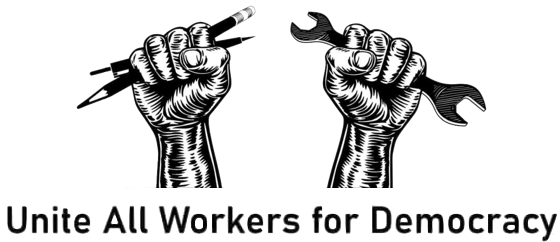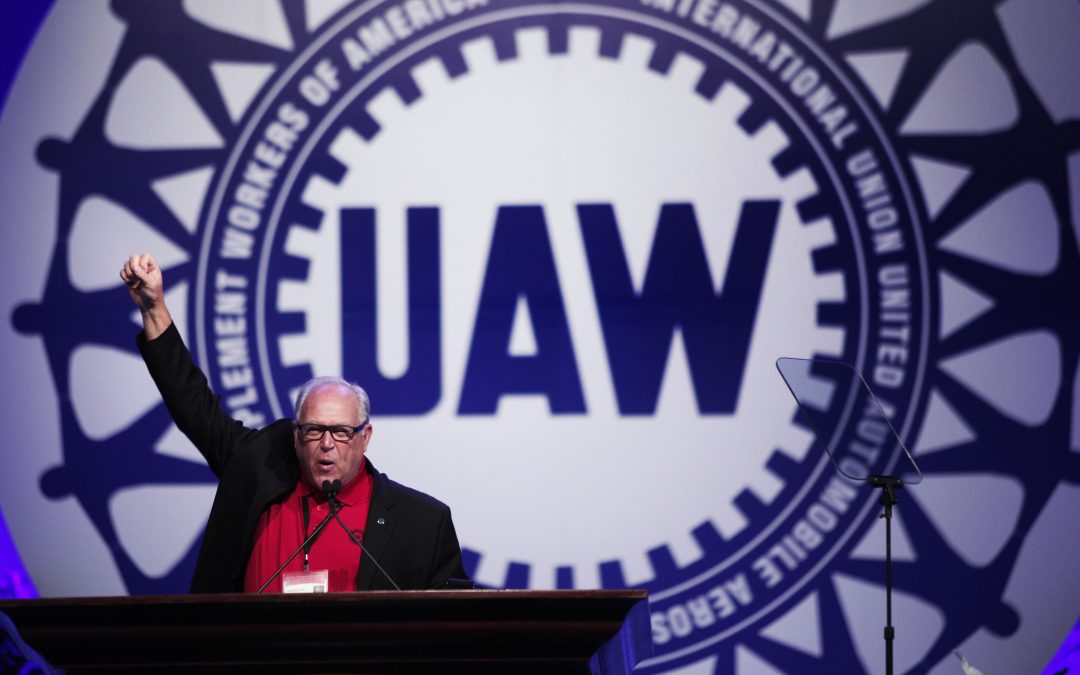The organizational failure of labor leadership in the US is more than individual failures, which could perhaps
be overcome by the election of new leaders. The author argues that the model of trade unionism that has
dominated US unionism—business unionism—offers no viable way forward and must be replaced by another
model— social justice unionism.
The US labor movement is in terrible shape; in 2016, union membership was only 6.4
percent of workers in the private sector, and 34.4 percent of the public sector, giving an overall
percentage of 10.7 percent.
1 (It had been 33.4 percent in 1954.) But, worse than the actual
numbers and percentages is the all-but-total lack of vision as to what to do about this. The labor
movement has been under direct attack since at least the PATCO strike in 1981, and the leaders
of the labor movement—and focus here is on the AFL-CIO, although there are others labor
organizations outside of its ambit—have had no vision and, arguably, no clue about what to do
about this. And other than perhaps a nine-year window under John Sweeney (1996-2005)—I’m
being generous—it has been blind and vision-less. And this continues today under Richard
Trumka.2
This problem is a major reason for the election of Donald Trump to the presidency, aided
strongly by working class voters, and I’m speaking of those who are not generally racist, sexist,
homophobic and/or xenophobic.
The fact is that, no matter how good any one of our national/international union leaders
might be as an individual trade union leader, that does not necessarily make them a good labor
leader. By “labor leader,” I’m referring to those who look out for the well-being of working
people in general in this country; i.e., those who go beyond members of their own union to think
about working people overall. I would give the AFL-CIO leaders, individually and collectively,
an “F” for their efforts since the early 1980s—with Sweeney possibly getting a D for the nine
years referred to above.
This failure is even worse in light of myriad efforts by rank-and-file activists, lower level
leaders and staffers, and labor researchers/academics who have spent years of their lives
struggling to get the labor movement to address its’ weaknesses and change its ways. Whether
through organizing new members, educating and mobilizing current members, analyzing what
we can learn from workers’ struggles in the past as well as from studying contemporary efforts at
home and overseas, and thinking about how we can revitalize the labor movement so as to
seriously address the problems facing working people in this country, there has been extensive
efforts by those “below” to overcome the lack of vision and ineptitude of national labor leaders;
but the institutional power granted these “leaders” has overcome all efforts to date to initiate
progressive, life-enhancing change.

